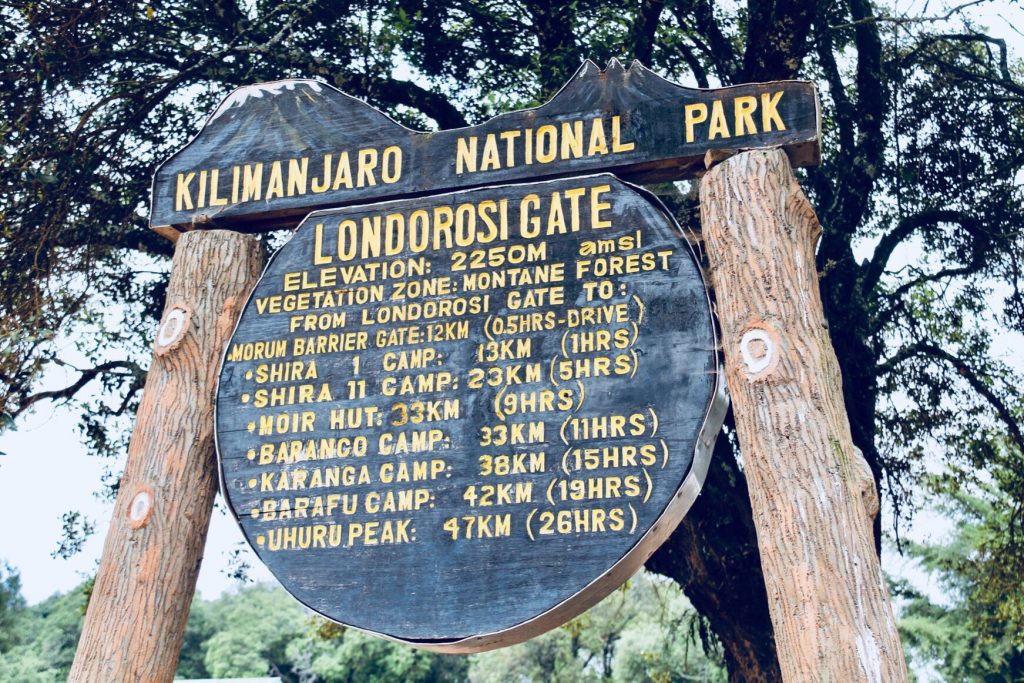
In 2017 I started planning my Kilimanjaro trek and I managed to climb Africa’s highest peak in June 2018. There is one thing that you need to know! The way that I plan and organise my trips is through extensive research, I spend a lot of time online, speak to many people, I visit many blogs, I look for Facebook groups as a source of information. For my trips I use local companies, and I avoid using big national companies that are not benefiting the local economy and people by responsible and ethical tourism. Most of my trips over the years were organised by using small local travel companies.
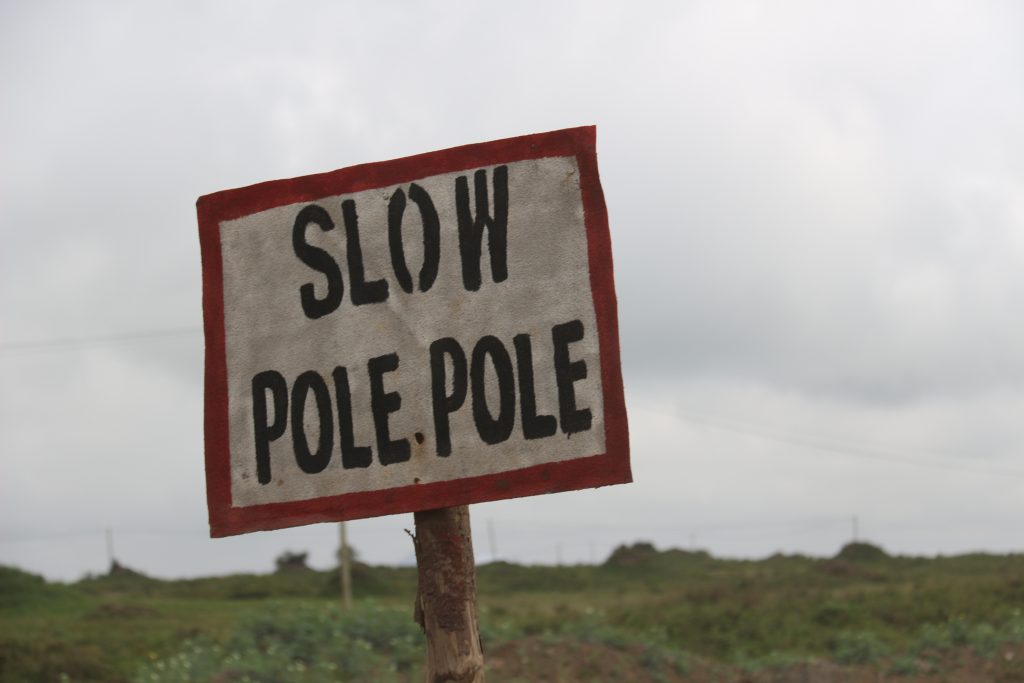
Kilimanjaro Trekking Companies
It was crucial for me to find a company that is not exploiting people and guarantees fair pay and treatment to their porters and guides. I listed around 25 companies that were part of the Kilimanjaro Porters Assistance Project – KPAP (more information: Kilimanjaro Porters Assistance Project), which is a legally registered Tanzanian non profit organisation that supports fair and ethical treatment of all mountain crew. If you are interested in using a company that is registered under KPAP you can find the full list on the The International Mountain Explorers Connection (IMEC) website. After contacting a number of companies, I’ve chosen one that I found the most responsive and suitable for my trip. I’m happy to share my experiences, tips and more details about the company I used, however I’m not gonna publish their details here, – please contact me for more information.
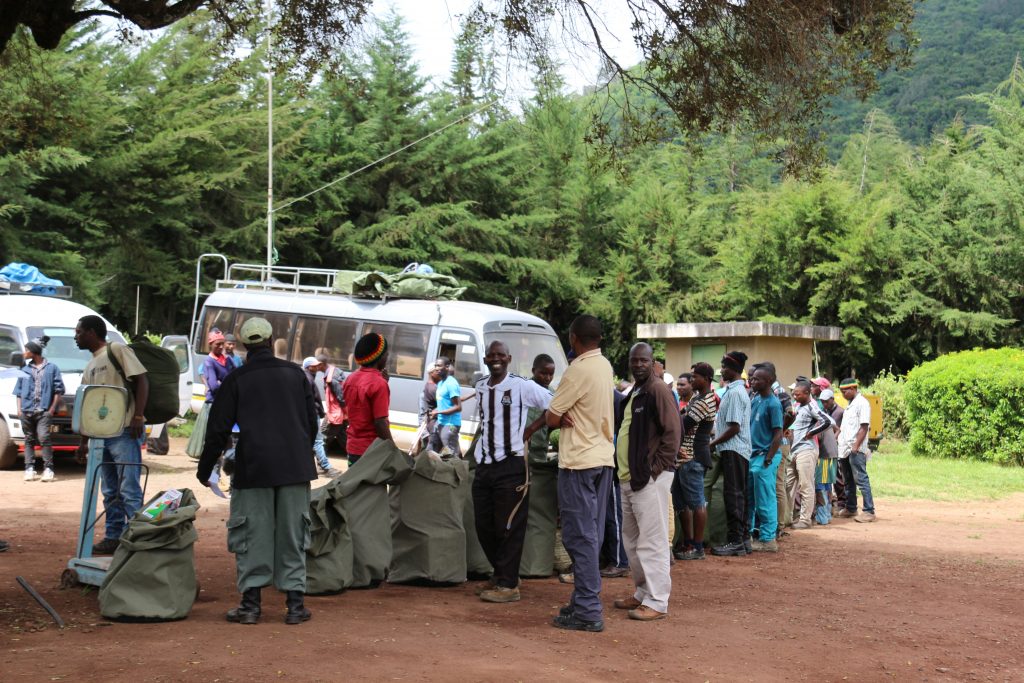
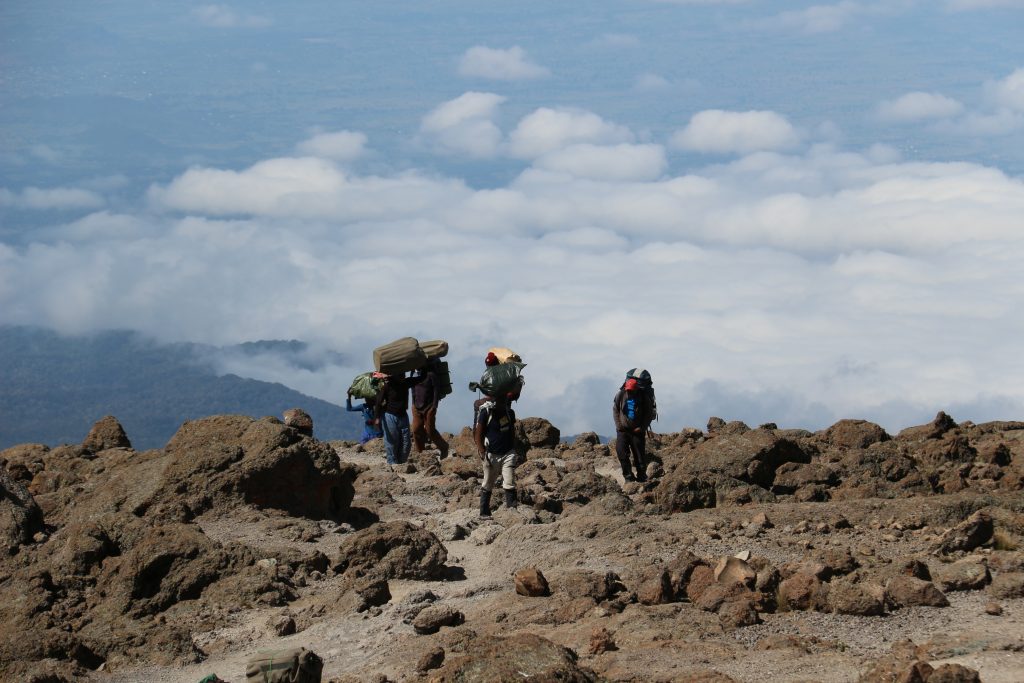
Interesting facts about Kilimanjaro
Mount Kilimanjaro at 5,895 m – is one of the Seven Summits as well as one of the Seven Volcanic Summits. It is the highest peak on the continent of Africa and also the tallest freestanding mountain in the world. It is considered to be the easiest of the Seven Summits. It is not classified as mounteereing but trekking/walking up peak, as it doesn’t require technical skills or climbing equipment. It is very popular with experienced trekkers as well as people who haven’t climbed any mountains previously, but want to challenge themselves and experience high-altitude.
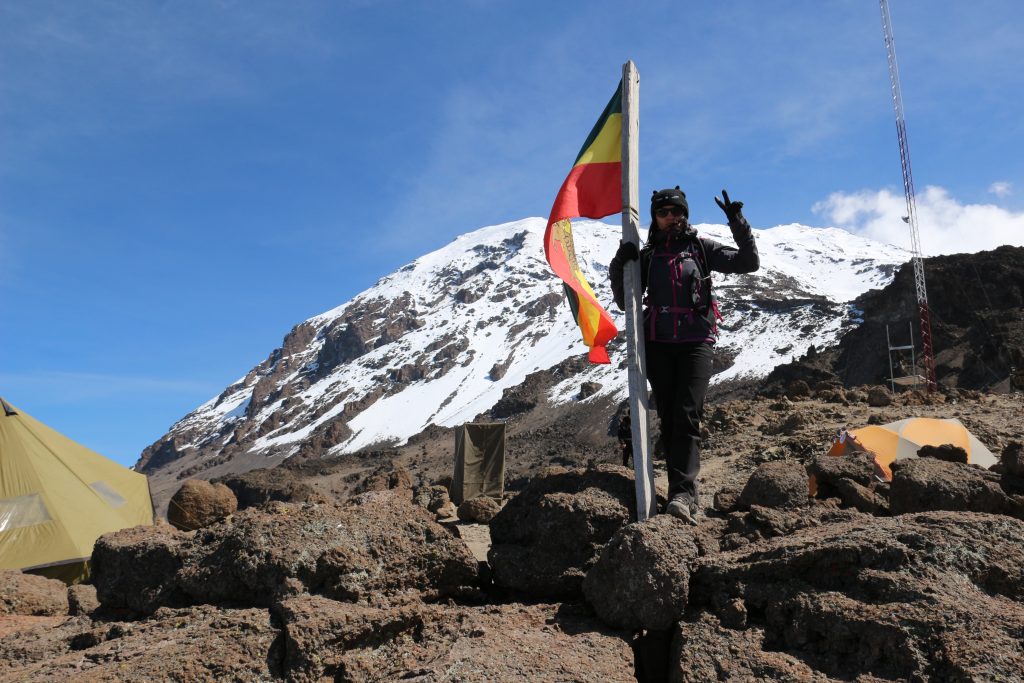
Kilimanjaro is still considered to be a dormant volcano, Kibo – Uhuru Summit, is the highest out of three volcanic cones, the other two cones are: Mawenzi (5,149m) and Shira (3,962m).
It was first climbed by a German geologist Hans Meyer, and Austrian climber Ludwig Purtscheller and a local guide Yohani Kinyala Lauwo in 1889. More information: Peak Planet.
When climbing Kilimanjaro you will go through five ecological climate zones: Cultivation Zone/Bushland upto (800 – 1,800m), RainForest Zone (1,800 – 2,800m) , Heath/Moorland Zone (2,800 – 4,000m), Alpine Desert Zone (4,000 – 5,000m) and Arctic Zone above 5,000m. All in One 😛 Although Kilimanjaro is located around 330 km south of the equator, it is still blanked with layers of snow, which unfortunately is due to disappear.
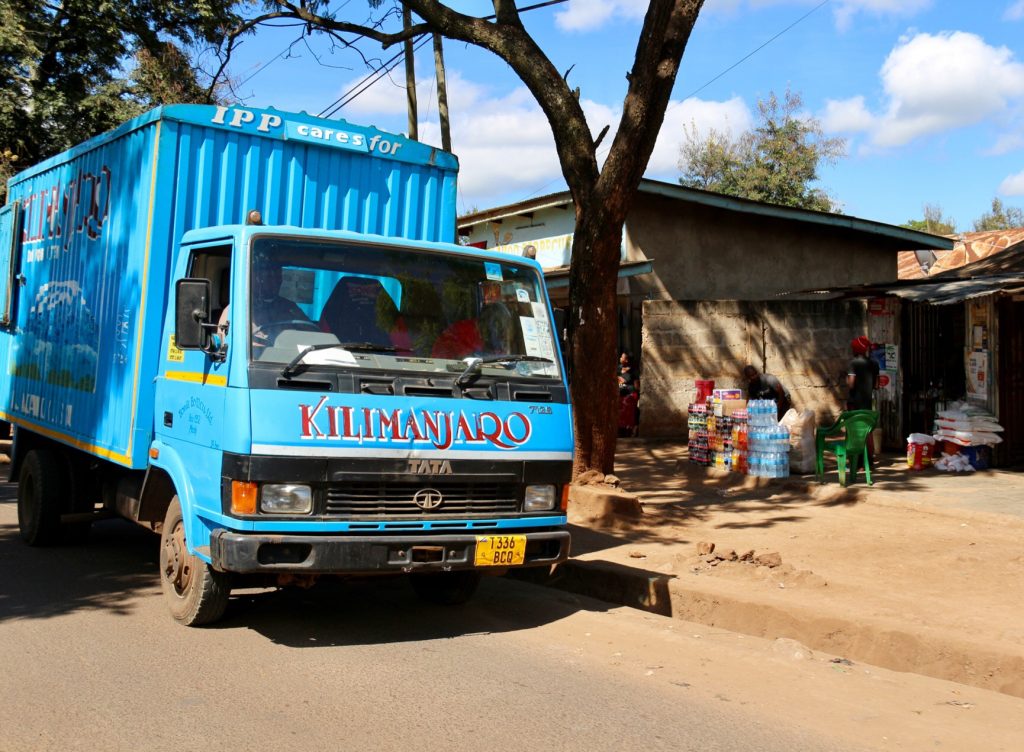
Which route is the best to climb Kilimanjaro?
I’m afraid that there is no straightforward answer to this question. There are seven main routes for climbing the Kilimanjaro, and the length of the trek depends on the selected route. You can climb it in as little as 5 days or as many as 10, it all depends on the route chosen, your fitness level, how recreational and challenging you want your trip to be, and your personal preferences.
List of routes:
- MACHAME (“Whiskey” Route)
- LEMOSHO
- RONGAI
- MARRANGU (“Coca-Cola” Route)
- SHIRA
- NORTHERN CIRCUIT
- UMBWE
My choice was – the Lemosho route, which is considered as the most beautiful and scenic route. The route begins in the west, crossing Shira Plateau from Shira Ridge to Shira Camp, making it less busy, at least until the route joins the Machame route. As afterwards, Lemosho follows the same path through Lava Tower and Barranco and Barafu. The Lemosho route is one of the longest one, with very good acclimatisation.
Do you need a guide?
Yes, there is a legal requirement for anyone climbing Kilimanjaro to be accompanied by a Kilimanjaro National Park licensed guide.
When is the best time to climb Kilimanjaro?
Kilimanjaro has two distinctive seasons – wet and dry. Most of the companies advise that the best time to climb Kilimanjaro is during the dry season; from December/January to mid-March and mid-June to the end of October. March, April and November are the wettest months on the mountain, and not ideal for trekking. During December and May it is common to experience colder temperatures and snowfall.
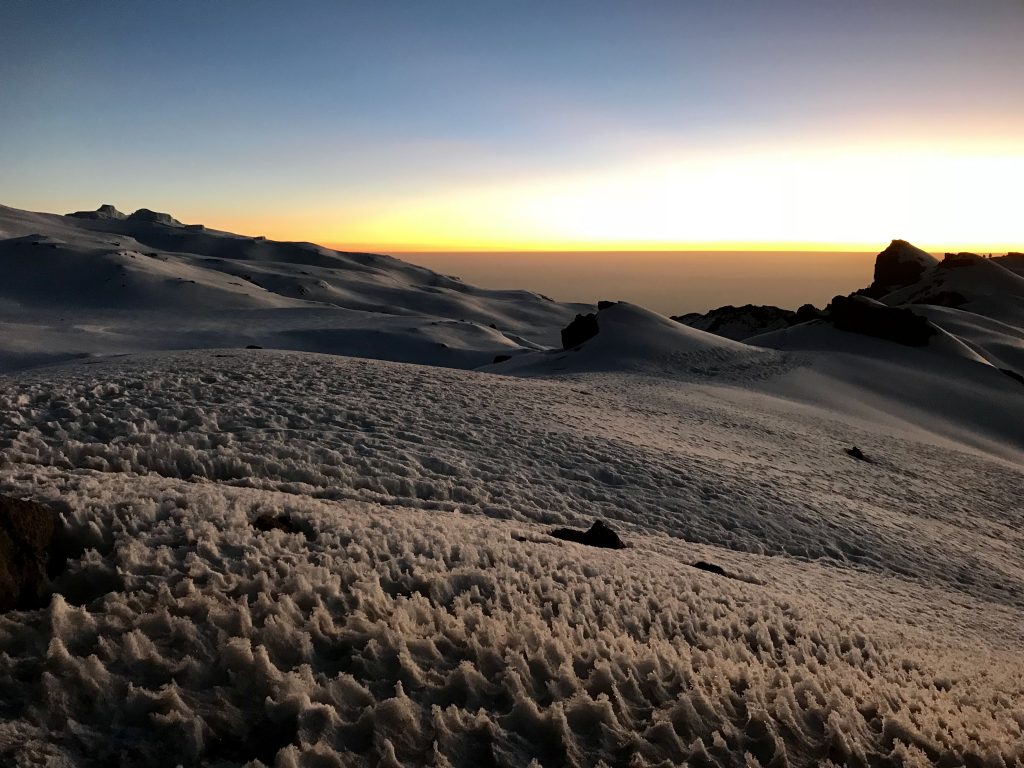
I climbed at the beginning of June 2018, I actually started my trek on the 4th of June – right at the beginning of the trekking season. I remember that on the 1st of June 2018 the Tanzania National Park Authorities announced the large amount of snow falls which lead to formation of hard and slippery icy conditions, along the ascending and descending route from Barafu Camp to Uhuru summit. I remember that some companies were advising to use microspikes and/or crampons. I regret that we didn’t, as it would make me feel much more secure and safe in the conditions that I didn’t expect to come across. The temperature dropped to -25 celsius and I was freezing in my Salmon Quest Gore-Tex Hiking Boots, wearing all my layers including my down jacket and water/windproofs (You can read more about my summit day in my next post). Mountains can be really unpredictable and we shouldn’t ever underestimate them!





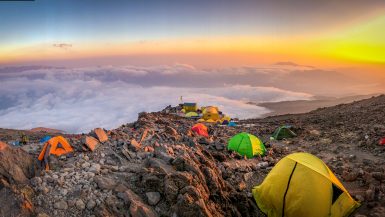
Leave a reply